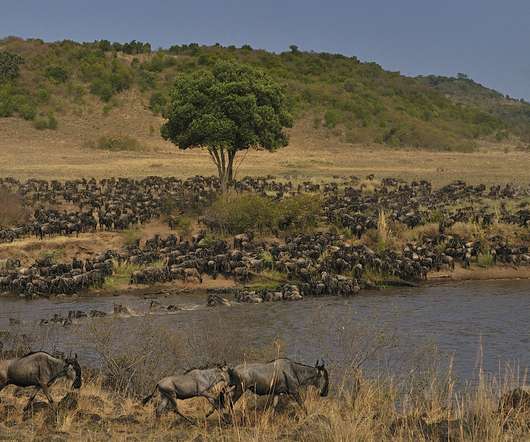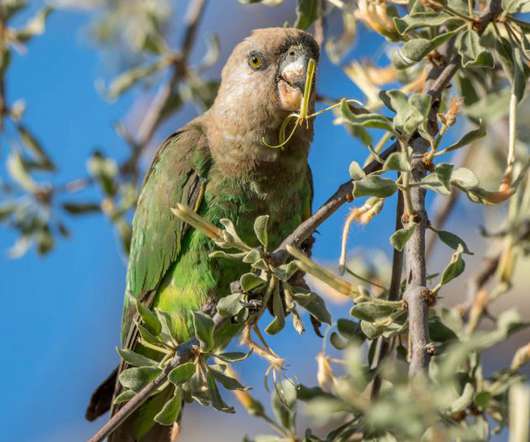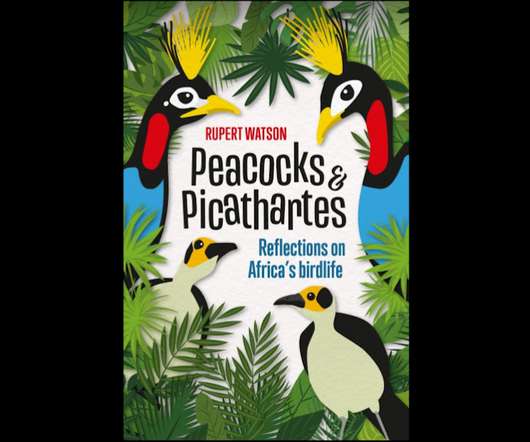Birding crème de la crème: Africa – Ngorongoro Crater to Queen Elizabeth II National Park
10,000 Birds
JANUARY 14, 2021
The best season for the north-west circuit is February to May, during the rains when most birds breed. The best timing is during the rains, April-May and October-November, when birds breed. The furry kind is represented with 95 species – more than in any other Ugandan park, 10 primates among them, including the Chimpanzee.












Let's personalize your content